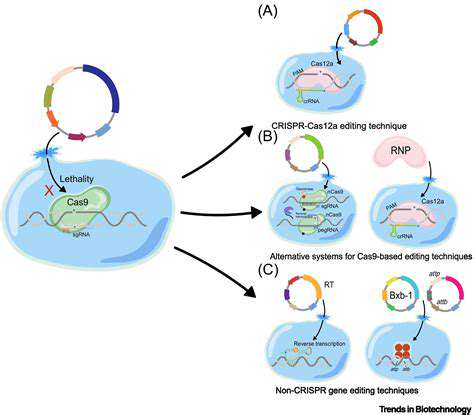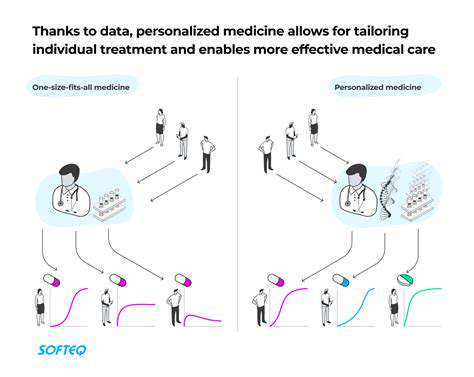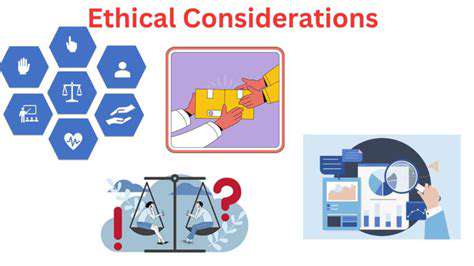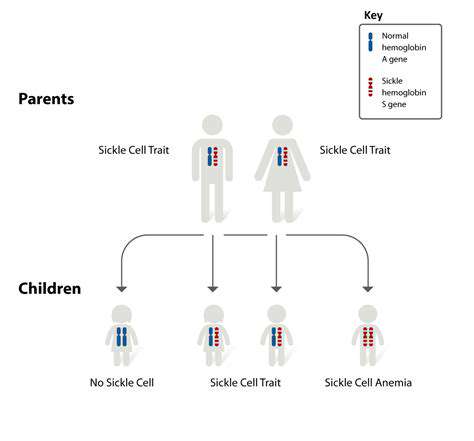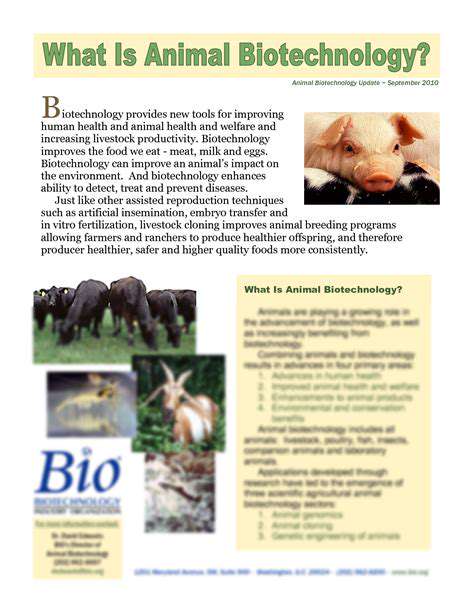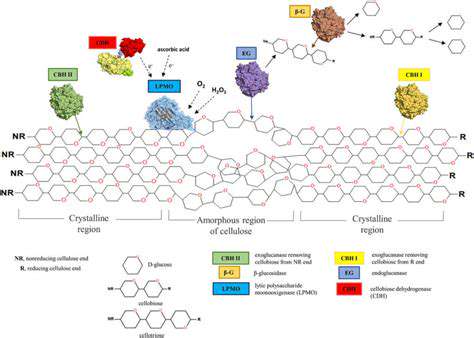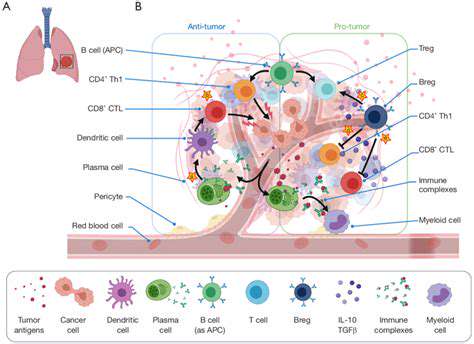Decoding the CRISPR-Cas9 Mechanism
The groundbreaking CRISPR-Cas9 system represents a paradigm shift in our ability to manipulate genetic material. This ingenious technology mimics bacterial immune defenses to achieve surgical precision in DNA modification. At its core, a custom-designed RNA sequence guides the Cas9 protein to exact genomic coordinates, where it creates precise double-strand breaks. The cell's intrinsic repair machinery then facilitates the incorporation of desired genetic alterations, ranging from single nucleotide changes to larger insertions or deletions.
What sets CRISPR-Cas9 apart is its unprecedented accuracy in gene targeting. Unlike previous methods that often caused collateral genetic damage, this system minimizes off-target effects through its molecular guidance system. This precision is particularly valuable in therapeutic contexts where unintended mutations could prove catastrophic. Researchers continue to refine the technology's specificity through improved guide RNA designs and modified Cas9 variants.
Revolutionizing Longevity Research
CRISPR's potential applications in aging research are reshaping our approach to longevity science. Scientists are exploring its capacity to modulate genes governing fundamental aging processes - from cellular senescence to mitochondrial function. Early experiments in model organisms have demonstrated lifespan extension through targeted genetic interventions, though human applications remain years away.
The technology's ability to edit multiple genes simultaneously offers unique opportunities to address the complex, multifactorial nature of aging. However, significant hurdles remain in understanding the long-term consequences of such interventions and developing safe delivery methods for clinical use.
Overcoming Delivery Challenges
Therapeutic application of CRISPR faces substantial barriers in delivering its molecular components to target tissues. Current strategies employ:
- Viral vectors (AAV, lentivirus)
- Lipid nanoparticles
- Polymer-based carriers
- Physical methods (electroporation)
Each approach presents distinct advantages and limitations in terms of efficiency, tissue specificity, and potential immune reactions. Ongoing research focuses on developing next-generation delivery systems capable of crossing biological barriers while minimizing adverse effects.
Navigating the Ethical Landscape
The power to rewrite the genetic code raises profound ethical questions, particularly regarding germline editing. The potential for permanent, heritable changes demands rigorous oversight and international consensus. Key considerations include:
- Establishing clear boundaries between therapeutic and enhancement applications
- Ensuring equitable access to genetic therapies
- Developing robust informed consent protocols
- Addressing potential societal implications of genetic modification
Transparent public discourse and interdisciplinary collaboration will be essential in shaping responsible governance frameworks for these transformative technologies.
The Road Ahead
Looking forward, CRISPR-based interventions may revolutionize how we approach age-related diseases. Emerging innovations include:
| Technology | Potential Benefit |
|---|---|
| Prime editing | Greater precision with reduced off-target effects |
| Epigenetic editing | Reversible gene regulation without DNA modification |
| Multiplexed editing | Simultaneous targeting of multiple genetic factors |
As our understanding of genetic networks deepens, these tools may enable comprehensive approaches to healthy aging that address multiple biological pathways simultaneously.
Expanding the Genetic Toolkit
Base Editing Advancements
The development of base editors addresses key limitations of CRISPR-Cas9 by enabling single-nucleotide changes without inducing double-strand breaks. This refinement proves particularly valuable for correcting point mutations associated with genetic disorders. Current research focuses on:
- Expanding the targeting scope of base editors
- Improving editing efficiency in diverse cell types
- Reducing unintended RNA editing effects
The Untapped Potential of ncRNAs
Non-coding RNAs represent a largely unexplored frontier in genetic medicine. These regulatory molecules influence numerous biological processes through complex networks that researchers are just beginning to decode. Emerging techniques allow for:
- Precise modulation of microRNA activity
- Targeted degradation of specific RNA transcripts
- Epitranscriptomic editing
These approaches may offer new avenues for influencing cellular aging without directly modifying DNA sequences.
Epigenetic Interventions
The epigenetic landscape undergoes characteristic changes with age, contributing to altered gene expression patterns. Novel editing technologies now allow targeted modification of:
- DNA methylation patterns
- Histone modification states
- Chromatin structure
These interventions potentially enable temporary, reversible genetic regulation that could prove safer than permanent DNA alterations. Current research focuses on developing precise editing systems and understanding the complex interactions between different epigenetic marks.
Small Molecule Approaches
Pharmaceutical interventions targeting aging pathways offer complementary strategies to genetic editing. Promising compounds include:
| Compound Class | Potential Mechanism |
|---|---|
| Senolytics | Selective clearance of senescent cells |
| mTOR inhibitors | Modulation of nutrient sensing pathways |
| NAD+ boosters | Enhancement of mitochondrial function |
These pharmacological agents may synergize with genetic editing approaches to produce comprehensive anti-aging effects.
Telomere Dynamics
Telomere biology continues to offer promising targets for aging interventions. Current strategies include:
- Activation of telomerase in specific cell populations
- Protection against telomere-associated DNA damage
- Modulation of telomere-associated proteins
While early results are promising, significant challenges remain in achieving selective telomere extension without increasing cancer risk.
Delivery System Innovations
The future of genetic medicine hinges on overcoming delivery challenges. Cutting-edge approaches include:
- Cell-specific targeting ligands
- Stimuli-responsive nanocarriers
- Exosome-based delivery systems
- In vivo electroporation techniques
Each method must balance efficiency, specificity, and safety to enable clinical translation. The development of modular, adaptable platforms will be crucial for addressing diverse therapeutic needs.
As we continue exploring environmental impacts and nutritional factors in health, these genetic technologies may one day integrate with broader lifestyle interventions to promote healthy longevity.
